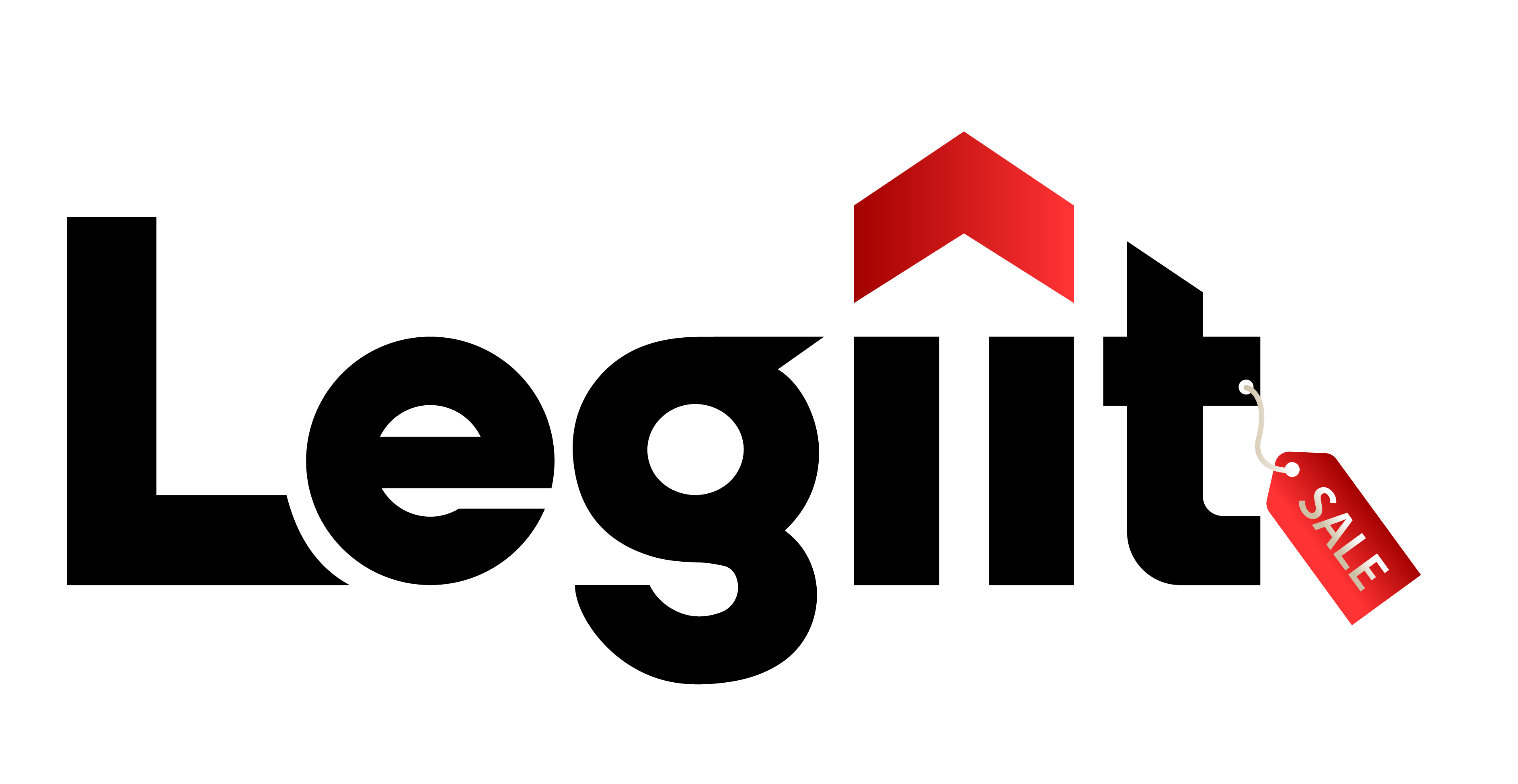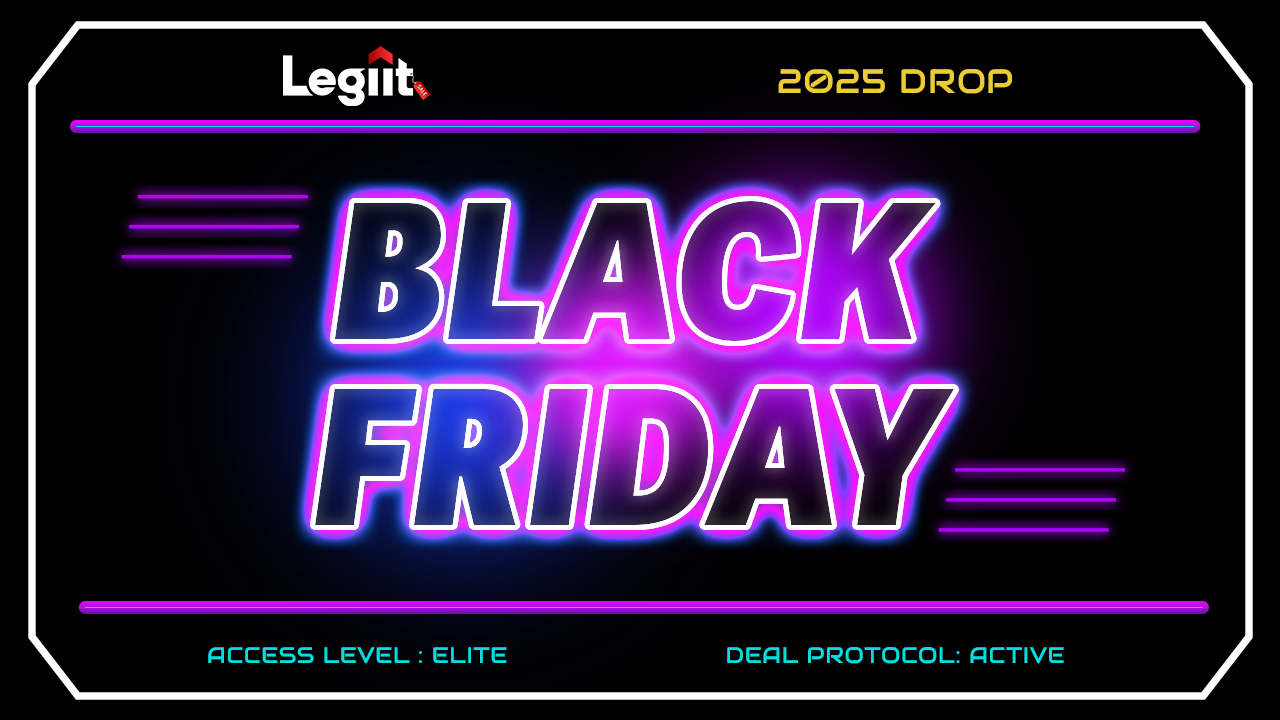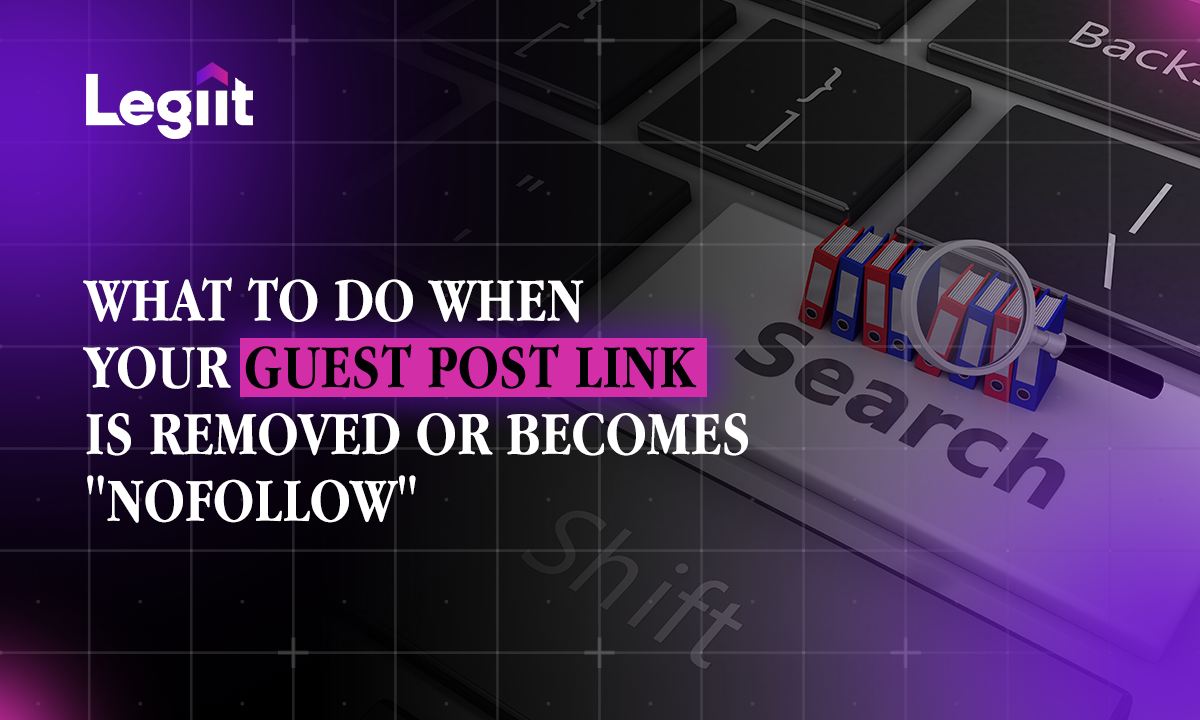There are tons of ways to promote affiliate products. Social media marketing is just one of them.
But, the problem is you need to have a decent following in order to generate enough results on social media.
And, that can be overwhelming.
In this guide, we’ll discuss 3 of the most effective ways to promote affiliate offers, other than social media:
- SEO & blogging
- Pay-per-click ads
- Email marketing
By the end, you’ll have a comprehensive answer to the question “how to do affiliate marketing without social media”.
Let’s talk.
What’s Affiliate Marketing and Why Should You Do It?
Affiliate marketing is a simple performance-based marketing strategy where you get paid for promoting other brands’ products.
Here’s how the whole affiliate marketing partnership works:
- You apply for an affiliate program and get accepted
- The affiliate network or program gives you a customized affiliate link
- You get paid whenever someone buys their product through that affiliate link
But, that’s an oversimplification. The most challenging task in affiliate marketing is to attract and convert relevant traffic consistently.
No need to fret, though. By the end of this guide, you’ll have the knowledge and tools to kick-start your affiliate journey with confidence.
Affiliate marketing has a low barrier to entry and is fairly easy to start.
The cool thing is that you don't need to be an expert in online marketing to be a successful affiliate.
To get started, all you need is a blog or a YouTube channel and a decent amount of traffic.
Drawbacks of Affiliate Marketing With Social Media
Don’t get me wrong. Social media marketing has tremendous benefits given that you are willing to do the extra work that comes with it.
But, there are a few drawbacks to social media for affiliate marketing.
Shorter Content Lifespan
Social media content typically has a very short lifespan, especially when compared to blog posts and YouTube videos.
Most of the time, your social media post can only generate engagement for a maximum of one day.
To re-engage your social audience, you need to re-publish that content or keep a consistent content publishing schedule.
Need for Consistent Content Publishing
Because social media content has a short lifespan, affiliates need to come up with creative ways to re-engage their followers.
Now, that’s doable when you have a team to handle the trivial as well as creative tasks.
But, if you’re short on time, executing a social media strategy can prove to be a little too overwhelming.
Limited Control
One of the biggest reasons why you shouldn’t make social media your primary traffic source is limited control over your content.
See, you don’t own any of the third-party social media platforms like Facebook and Instagram.
So, if one day, any of these platforms decide to ban your profile or disappeared, your business will cease to exist.
That can be a scary thing to imagine, but the good thing is you don’t have to rely on social media to be a successful affiliate marketer.
Let’s see how you can create a successful affiliate marketing business without social media.
How to Do Affiliate Marketing without Social Media?
Create an Affiliate Blog/Website
Blogging is the best way to generate affiliate income.
Here’s a cool thing.
With affiliate blogging, you just have to put in the work once and can get affiliate sales on autopilot.
But, blogging does have a small caveat. It takes time, which makes it unsuitable for the impatient.
let’s see how you can get started as an affiliate blogger.
Pick the Right Niche
One of the first things you want to do is pick a niche that’s not too saturated.The rule of thumb is that if a topic is already covered by authority blogs, there’s little to no chance of success there.
The trick is to narrow down your topic to something that’s not very popular among the big fish.
For instance, let’s say you want to talk about outdoor activities and make affiliate commissions by promoting relevant products.
Instead of going for everything outdoors, what you can do is niche-down the topic to camping, for example.
That way, you’d be able to build topical authority with Google in a relatively small time frame.
If you have no idea about what’s working right now, you can go to Flippa and see which niches are popular.

After you narrow down a potential niche, go to Google Keyword Planner and search the main term.
The tool will give you an extensive list of related keywords.
The number of keywords people are searching around a particular niche tells you a lot about its potential.

Find the Right Keywords
Now, you don’t want to work on all the keywords Google Keyword Planner provides you.
First, filter out the keywords that are fairly easy to rank for.
Manual SERP analysis is the best way to get a sense of a keyword’s potential.
In SERP (search engine results page) analysis, you analyze Google’s first-page results for your target keyword.
But, before that, install Mozbar, a browser extension that tells you the domain authority or DA and referring domains of the first-page results.
High domain authority and referring domains of a search result typically mean that it’d be tough to outrank.
Here’s an example.

If the web pages you see on the first page have low DA and referring domains, there is potential.
But, before you start creating content around those keywords, analyze the top-ranking pages for:
- Content length and comprehensiveness
- Number of images or visuals
- Outbound (external links)
- Internal links
In short, you want to create a piece of content that’s better in all aspects than the top-ranking results.
It’s time to buckle up; with keyword research out of the way, let’s talk about creating the type of content that Google loves.
Create Content That Ranks
Before diving in, it’s important to mention that your goal isn’t to impress Google.
Your aim should be to add value to the lives of its users.
When you’re able to do that effectively, your pages will start ranking automatically.
Every aspiring affiliate blogger needs to master the art of on-page SEO.
On-page SEO refers to optimizing every element of your page for search engines as well as the target audience.
Create SEO-Friendly URLs
Your page URL isn’t only important for SEO but it also tells the user what your content is about.
From the SEO perspective, your URL should contain your target keyword.
This helps Google crawl, index, and rank your pages easily.
Plus, an optimized URL also improves the click-through rate, which in turn, can boost rankings.
Craft Catchy Titles
If you’re using WordPress, your page title would be the H1 heading of your post.
The titles of your affiliate blog posts should be able to catch readers’ attention.
It should have your primary keyword and a power word that makes it more enticing.
Write SEO-friendly Meta Descriptions
Every page needs a meta description that tells Google and the users what the page is all about.
To optimize your meta descriptions, just add the target keyword naturally and write powerful, to-the-point copy.
By making small tweaks to your meta description, you can easily double your click-through rate.
Write Small and Simple Paragraphs
People don’t like to read long blocks of text; they want crisp and concise content.
Short sentences and paragraphs effectively communicate the message.
If you find yourself writing long paragraphs, try to break them up into smaller ones.
Every paragraph should communicate only one message.
Lastly, keep your language simple and tone interesting. No one likes to read complex, boring sentences.
Make Your Content Scannable
While creating content, keep in mind that many of your readers wouldn’t want to read every word on your page.
You want to structure your content so that it’s easy to skim.
Sub-headings make your content easy to scan, so include them wherever they make sense.
Add Optimized Visuals
The biggest benefit of images within affiliate blog posts is that they break the monotony of text.
Again, long blocks of text can be a huge turn-off for many readers.
Your affiliate blog posts should be visually appealing, too.
Moreover, every image has a name and an ALT text associated with it.
Include your target keyword in the image file names and their ALT texts.
Also, make sure your images are no more than a few kilobits. Otherwise, they can increase your page load times, which can impact your rankings negatively.
Write Comprehensively
Next, analyze the content of the top-ranking web pages and see if they’ve missed any aspects of the topic.
Google wants to showcase the most comprehensive content to its users.
You want to create a piece of content that’s covered from every angle.
Optimize Keyword Density
Keyword density is simply the number of times you use your target keyword in the content.
Technically, it’s the percentage of your keyword relative to the length of your article.
Many SEO experts recommend using your target keyword once after every 100 words of copy.
Or, keep your keyword density to around 1 – 2%.
Anything above 2% can be taken as keyword stuffing, which can work against you.
Use Your Keyword in the First 100 Words
The first few sentences of your blog post have more weightage in the eyes of Google.
That’s why you want to use your target keyword in the first 100 – 150 words of your blog post.
Front-loading your keyword will help Google bots understand what your content is all about.
Satisfy Search Intent
Search intent is simply the intent someone has in mind while searching for a keyword in Google.They have four types:
- Navigational: The user just wants to visit a specific page, for instance, “Facebook login”
- Transactional: The user wants to buy something. These keywords include buy, for sale, deal, and more
As an affiliate blogger, you want to avoid the above two types.
- Informational: The user is looking for information
- Commercial: User is researching their options before buying
You don’t want to invest your resources and rank for a term without knowing its user intent.
To check your keyword’s intent, search your keyword and observe the first-page results.
If Google is ranking informational articles for that term, the user intent is informational.
Use Internal Linking
Internal linking helps Google crawl different pages on your site and understand its content structure.
It also helps users to discover more content on your blog, increasing the time spent on your site.
Include Outbound Links
Including external or outbound links won’t improve your rankings directly.
But, it’s a great way to build trust with the readers.
This was all about using SEO to build a successful affiliate marketing business.
I hope you know that there are other methods to promote your affiliate offers.
Let’s talk about a couple of highly effective ones.
Use Pay-Per-Click Ads
Now, SEO can take time and patience, but what if you want quick results?
Google Pay-per-click ads can help you rank your affiliate articles on top of organic results instantly.
But, of course, you require a decent amount of upfront investment to make this strategy work.
The good thing is that there is minimal risk with PPC ads.
This means that you only get to pay Google or any other ad platform when someone clicks on your ad.
So, it all comes down to how effectively you design your ad.
Let’s dive into affiliate marketing with Google ads.
There are essentially four levels of a Google ads account, in the following order:
- The account level
- The campaign level
- The ad set level
- The ad level
The changes you make on any level affect all the sub-levels.
For instance, if you select the wrong objective at the campaign level, you won’t be able to generate effective results.
Since you want to drive traffic to our affiliate pages, the “Traffic” objective would be the right option.
Plus, you need to decide where you want to show your ad.
Google lets you put your affiliate article in a variety of locations including:
- Search results
- Display network (Partner websites)
- YouTube
- And, more
If you want to promote your affiliate article, the search results campaign would be the way to go.
But, if you have an affiliate video, you can run a YouTube ad on relevant channels or within particular videos.
On the campaign and ad set levels, Google will ask you to set your:
- Budget
- Campaign type (Search, Display, YouTube, etc.)
- Location
- Placements
- Language
- Target audience
- And, more
On the ad level, you optimize your:
- Ad copy
- Ad creative (If any)
You can also split-test your ad copy and creative by using the dynamic creative option of Google ads.
Once you upload all the assets, Google will automatically optimize them to come up with the best-performing combination.
Another cool thing is that Google lets you track and optimize your ads on the go.
So, after you publish your ad, keep a tab on its performance in the campaigns section of your account.
In addition to SEO and Google ads, there is another incredibly effective way to generate affiliate sales.
It could be a little more time-consuming, but once you are on the right track, you won’t have to depend on any other traffic source.
Build Your Email List
An email list is one of the most valuable assets in your affiliate marketing journey.
But, how do you build your email list for affiliate marketing?
Let’s see.
Sign Up for an Email Service
To build an email list, you need a good email service provider like Mailchimp or Constant Contact.
To keep things legitimate, you need express permission from your audience before you can send them emails.
So, while you create an email list for affiliate marketing, you’d need to get people to opt in.
And, for that, you need to target the right people; the ones that are most likely interested in your affiliate products.
Here are some ways to build your affiliate email list from scratch.
Optimize Your Site
Your website or blog is the best place to capture the email addresses of your target audience.
Your email service provider will let you design an eye-catching email opt-in form.
But, where do you put that form to get most of your readers to opt in?
Here are the three best ways to do that:
- Embed your email form at the top right corner of every blog post
- Embed your email opt-in form a couple of times within your posts
- Test pop-ups in different intervals
Design an Offer
To get people to give out their email addresses, what you can do is offer something in return.
This could be a free e-book or anything that your visitors find valuable.
Once you add a decent number of people to your email list, it’s time to start sending them great content.
Create Great Content
Getting people to sign up for your newsletter is one thing. Retaining them as active subscribers is another.
Unfortunately, there’s no alternative to great content.
You need to add consistent value to your subscribers’ lives because only then you can win their trust and start selling affiliate products.
Scale Your Affiliate Marketing Business
We’ve talked about the top 3 affiliate marketing channels other than social media.
But, you don’t want to start implementing all three at once.
Start with SEO and focus on getting quality traffic to your site.
Once you start getting enough traffic, build your email list.
And then create targeted Google PPC ads.
Now, affiliate marketing isn’t hard, even when you take social media out of the equation.
But, it is overwhelming, and sometimes ineffective, when you try to handle everything yourself.
So, focus your energies on the stuff that you’re good at, or interested in.
For instance, you could do niche and keyword research and outsource content creation and SEO to the pros.
This way, you can build a team and move in the right direction quickly.
Outsource Content Creation
If you want to outsource content creation, Legiit is the best place to do that.
Our freelance marketplace has the best writers out there.
Here’s one of them.
SamPoyan

If you want to outsource your content creation to someone who knows how to rank and convert words, Sam is your guy.
This service includes everything you need to organically rank your affiliate articles.
If you are on a budget right now, you can always consider hiring other writers.
BlogCave

This is one of the most cost-effective services on our freelance marketplace.
BlogCave offers engaging long-form content at affordable prices. What else can you ask for?
Outsource SEO
Think you can write and handle content creation yourself? Get someone to manage your affiliate blog’s SEO.
Thankfully, there’s no shortage of quality SEO service providers on Legiit.
Here’s a great one.
Technical SEO Audit Report

Managing an affiliate site can be tricky when you don’t have the expertise to effectively handle its technical aspects.
So, you’d need a detailed technical on-site SEO audit every once in a while.
This will help you identify the aspects of your site that need improvement.
Chris has been doing this for years and knows what you need.
What will you get?
An in-depth technical audit report of your site with suggestions to improve your SEO.
Outsource PPC Ads
PPC ads can be tricky, especially because they involve upfront investment.
So, it’s a good idea to let an experienced advertiser take care of them for you.
Thankfully, we’ve got quite a few top-notch services for you on Legiit.
Here’s one.
Google Ads Setup and Management by DME

The service provider is a certified Google partner for Search Ads, so you can trust them with your marketing dollars.
Here’s what you get:
- Target keywords
- Ad creation
- Ad copy
- Ads extension (Boosts conversions)
- Performance assessment
- In-depth monthly report
If you want quick affiliate sales and have the budget, this is one of the best options.
Final Thoughts
This was all about how to do affiliate marketing without social media.
If you’ve read this far, you know several effective ways to generate affiliate sales without having to rely on social media.
Here’s a quick recap:
- Build an SEO blog around a profitable niche
- Build an email list
- Run PPC ads to get quicker results














 Download
Download